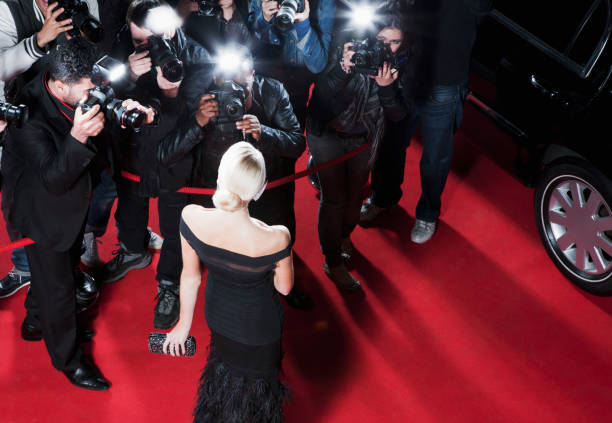1. Return of Taylor Swift’s Music to TikTok
After a licensing dispute with Universal Music Group, much of Taylor Swift’s catalog was removed from TikTok in early 2024. This created quite a stir among fans and content creators who could no longer use her tracks in their videos.
In April 2024, her music returned to TikTok, including many songs from newer albums as well as her re‑recorded “Taylor’s Version” works. This restoration was celebrated by the Swiftie community, who had eagerly awaited the resolution.
2. Why the Music Was Removed
The removal stemmed from a licensing disagreement between Universal Music Group (UMG) and TikTok. UMG claimed TikTok was not paying fair compensation and also raised concerns over AI-generated content and artist rights.
The conflict highlighted broader tensions between streaming/social platforms and record labels over how artists are compensated, especially in short‑form video platforms where music often boosts visibility but may offer lower payouts.
3. How Taylor Owns Her Masters & Why It Matters on TikTok
One of the reasons Taylor Swift was able to negotiate independently for some of her music’s return to TikTok was that she owns her master recordings for her re‑recorded albums. This gives her leverage in licensing negotiations.
Because of this ownership, she can decide where those recordings are available. That means she can allow some songs back on TikTok even if broader label agreements are still in dispute. For fans and creators, this means increased access to her newer or re‑recorded songs.
4. Fan Reactions & Virality After the Return
Swifties reacted with joy, posting videos with her songs, dancing, lip syncing, and using her tracks in creative memes. The return caused a surge in content creation around her music across TikTok.
Many videos trended quickly after her music return, especially with popular songs from her albums like The Tortured Poets Department and the various Taylor’s Version re‑releases. The viral nature of Swift’s fan base helped push her tracks back into visibility.
5. Taylor Swift’s In‑App TikTok Experiences
To engage her audience, TikTok launched in‑app experiences tied to Taylor Swift’s major projects. For example, there’s been a special campaign for The Eras Tour featuring weekly tasks, profile frames, and digital friendship bracelets.
These interactive features give fans ways to celebrate her music and albums beyond just listening, by way of challenges, themed content weeks, and collectible visuals. It’s a way to deepen engagement and to make fan participation feel more immersive.
6. Hashtags & Trends: #SwiftTok & More
Hashtags like #SwiftTok, #TaylorsVersion, and #TheTorturedPoetsDepartment have seen huge usage on TikTok. These tags help organize fan content, allow new fans to discover Swift’s music, and help older tracks gain renewed popularity.
Trending audio clips from Swift songs, especially those tied to important album releases or re‑recordings, often spread fast. Creators remix, repurpose, or create new contexts around her lyrics which contributes to both her cultural reach and her music’s visibility.
7. Impact on Album Releases & Promotion Strategy
Taylor’s music going back on TikTok aligned closely with the release cycles of her new albums. For example, the return of her songs happened shortly before The Tortured Poets Department dropped, giving her promotional strategy a boost.
Being able to use her own songs in TikTok videos means she (and her team) can leverage viral marketing, fan engagement, and meme culture as part of her promotional mix. This tactic seems increasingly central for big artists in the streaming era.
8. Challenges & Controversies Still Around
Even after restoring her music, there remain controversies around artist compensation on platforms like TikTok. Musicians and labels continue to push for better deals that recognize how much value platforms get from artist content.
There’s also concern about AI‑related issues—both how AI might generate mimic tracks and how that could affect creator royalties and authenticity. The negotiations between Swift’s label and TikTok touched on those themes.
9. What This Means for Swifties & Content Creators
For fans (Swifties) and creators on TikTok, the return of her music opens up more options. They can once again make content with her songs legally, which means more variety in memes, fan reactions, dance trends, and emotional storytelling.
Also, creators who rely on popular music to get traction get a big benefit. Because Taylor’s music is so recognizable, using her tracks helps reach more viewers, especially when tied to relevant hashtags or challenges.
10. Looking Ahead: Taylor, TikTok & the Future
It seems likely that Taylor Swift, and artists like her, will continue to push for more control and better deals over how their music is used on platforms like TikTok. Ownership, licensing, AI ethics, and fair compensation will remain central issues.
From the fan side, the trend of immersive in‑app experiences, viral challenges, and fan‑led content will likely grow. TikTok seems to be embracing these as crucial parts of its platform lifecycle, especially for major artists. It suggests a future where music, fandom, and social media content are more intertwined than ever.


